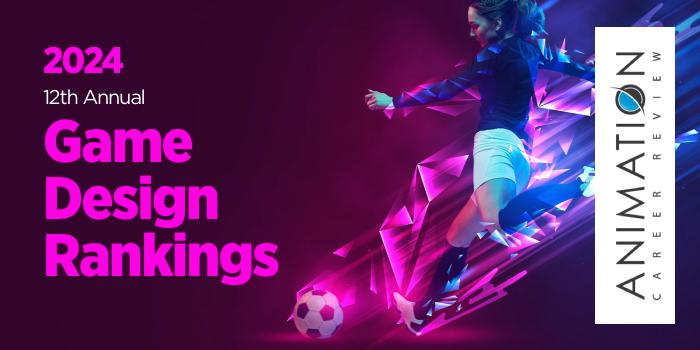Fairleigh Dickinson University (FDU) is home to the Maxwell Becton College of Arts and Sciences, which houses the School of Art. Within the school are several paths to study game design at all degree levels. For students seeking an undergraduate degree, the School of Art has the following options: a Film and Animation BA with a Video Game Animation concentration, and a 15 credit hour 3D Video Game Animation minor.
The minor requires the following courses: Creative Imagery with Photoshop; 3D Computer Animation; and Low Poly 3D Modeling. Students will complete the remaining courses through electives such as Game Creation in Unity; Game Design; and Game Creation in Unity.
At the graduate level, the School of Art has a both MA and MFA programs with a Video Game Animation concentration. Course examples across the BA, BFA, and MFA pathways include Design & Development of Video Games; Advanced After Effects; 3D Particle Animation and Effects; Vector Animation; Low Poly 3D Modeling; 3D Game Creation Using Unreal and Unity; Game Design; ZBrush Digital Sculpting; 3D Asset Creation for Video Games; and Character Animation Using CAT.
For students interested in a shorter program, the Gildart Haase School of Computer Sciences and Engineering at FDU has an undergraduate Game Development certificate. Consisting of 18 credits, the program requires Computer Programming I and II (six total credits), and Computer Game Programming (three credits). For the remaining credits, students may choose from electives such as Basics of Computer Animation; Human Computer Interface; Computer Animation I and II; and Computer 3D Modeling.
Across all Games programs at Fairleigh Dickinson University, students may participate in the school’s internship program, which provides opportunities to work at major studios and networks such as DreamWorks, Nickelodeon, ABC, Viacom, NBC Universal, and MTV. Graduates are often hired by many of these studios and networks.
FDU graduates have also been hired at places such as Sony Pictures Imageworks, Marvel Comics, Verizon, Skyline Entertainment, High 5 Games, Pixel Light Digital Media, Whisper Productions, and Tribe Pictures.
Established in 1942, Fairleigh Dickinson University was the first American university to own and operate an overseas campus (Wroxton College in Oxfordshire, UK), and the first comprehensive university in the world to require distance learning for undergraduates. With approximately 12,000 students, FDU is also the largest private university in New Jersey.
Fairleigh Dickinson University provides more than 100 degrees and disciplines across two New Jersey campuses (Madison and Teaneck), the UK campus, and a campus in Vancouver, British Columbia, Canada. FDU also has extension sites throughout New Jersey, along with partner institutions and study abroad programs around the world. Fairleigh Dickinson University is accredited by the Middle States Commission on Higher Education (MSCHE).







